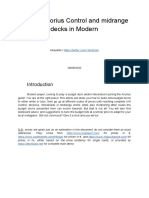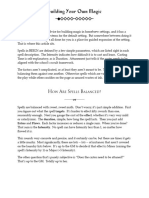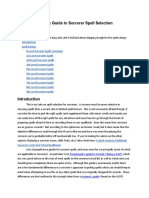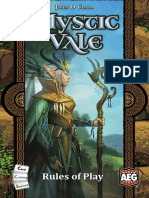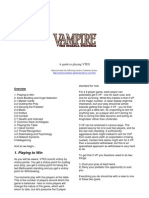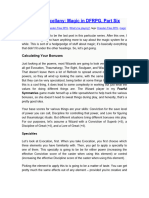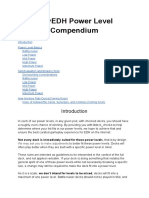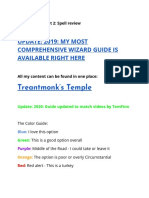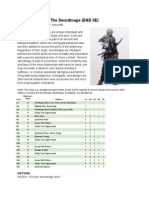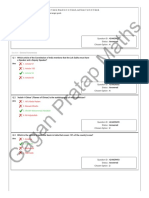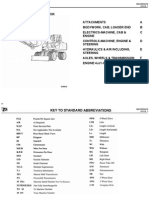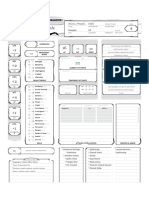0% found this document useful (0 votes)
23 views13 pagesDeck Building Notes
This guide provides fundamental principles for effective deck building in Standard Constructed Magic, aimed at players with some experience looking to improve their skills. It emphasizes the importance of using powerful cards, having a solid plan, and maintaining a good mana base, while also acknowledging the necessity of backup strategies. The author, an experienced player, shares insights based on nearly 17 years of competitive play, focusing on established best practices rather than advanced concepts.
Uploaded by
ryan.haugCopyright
© © All Rights Reserved
We take content rights seriously. If you suspect this is your content, claim it here.
Available Formats
Download as PDF, TXT or read online on Scribd
0% found this document useful (0 votes)
23 views13 pagesDeck Building Notes
This guide provides fundamental principles for effective deck building in Standard Constructed Magic, aimed at players with some experience looking to improve their skills. It emphasizes the importance of using powerful cards, having a solid plan, and maintaining a good mana base, while also acknowledging the necessity of backup strategies. The author, an experienced player, shares insights based on nearly 17 years of competitive play, focusing on established best practices rather than advanced concepts.
Uploaded by
ryan.haugCopyright
© © All Rights Reserved
We take content rights seriously. If you suspect this is your content, claim it here.
Available Formats
Download as PDF, TXT or read online on Scribd
/ 13













